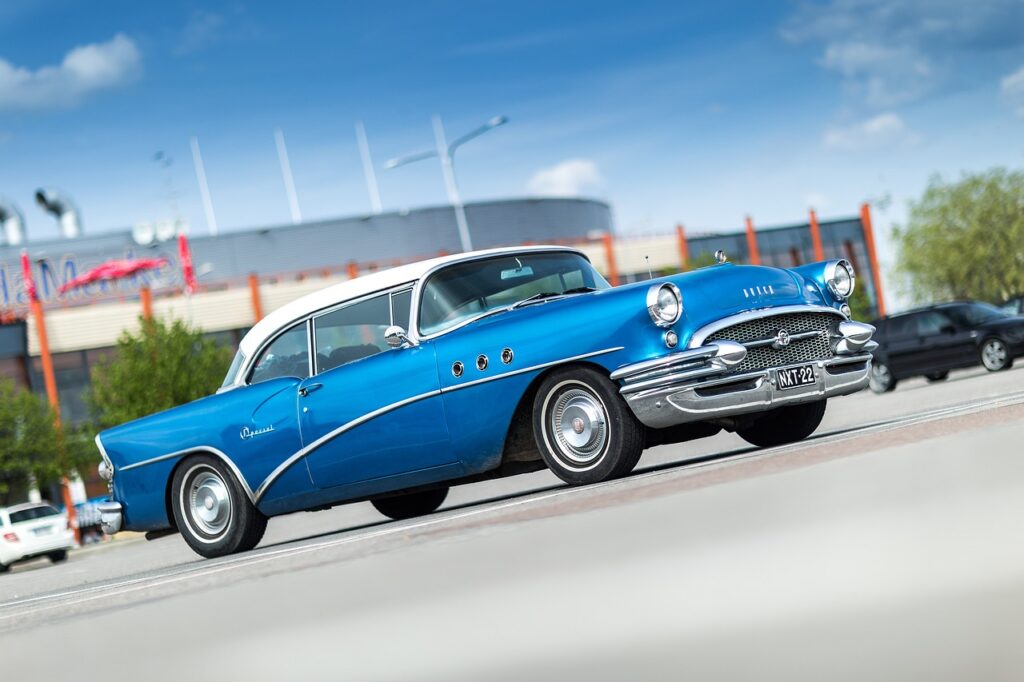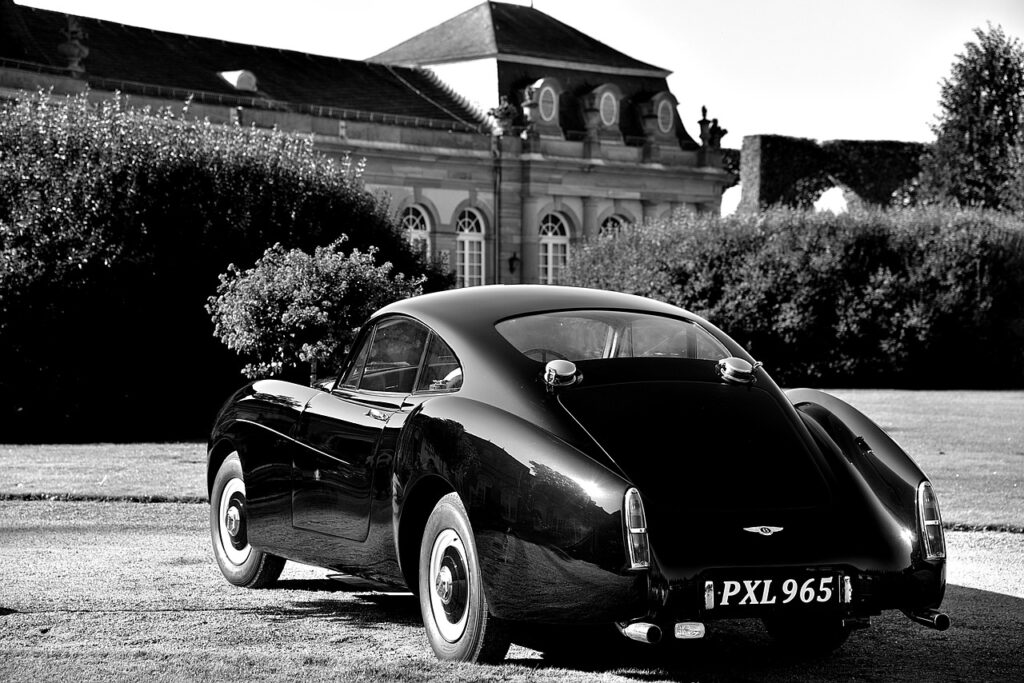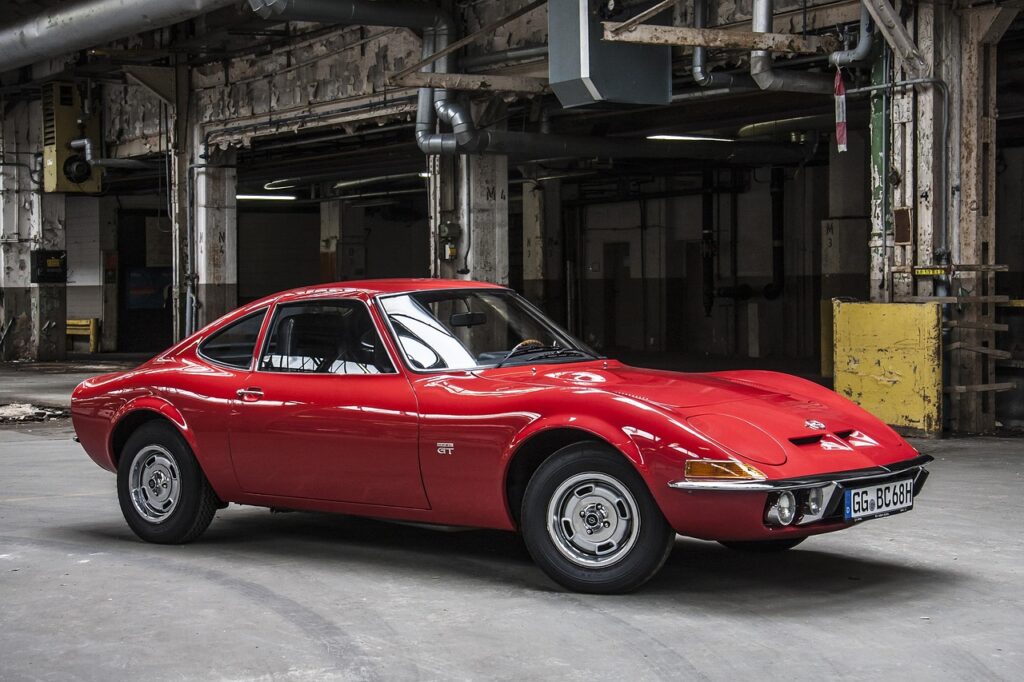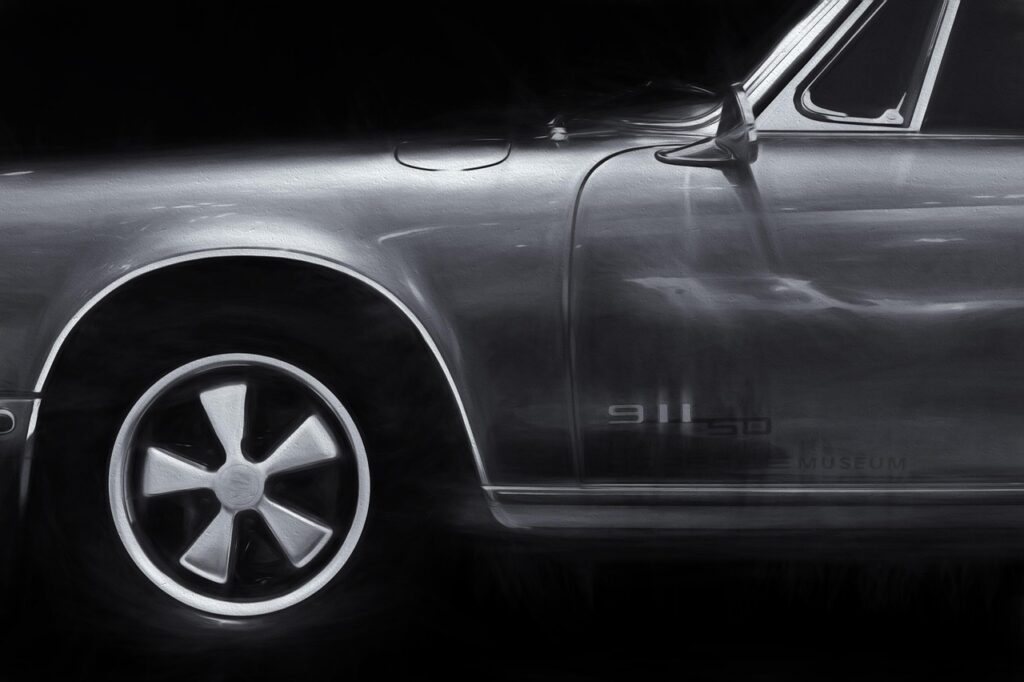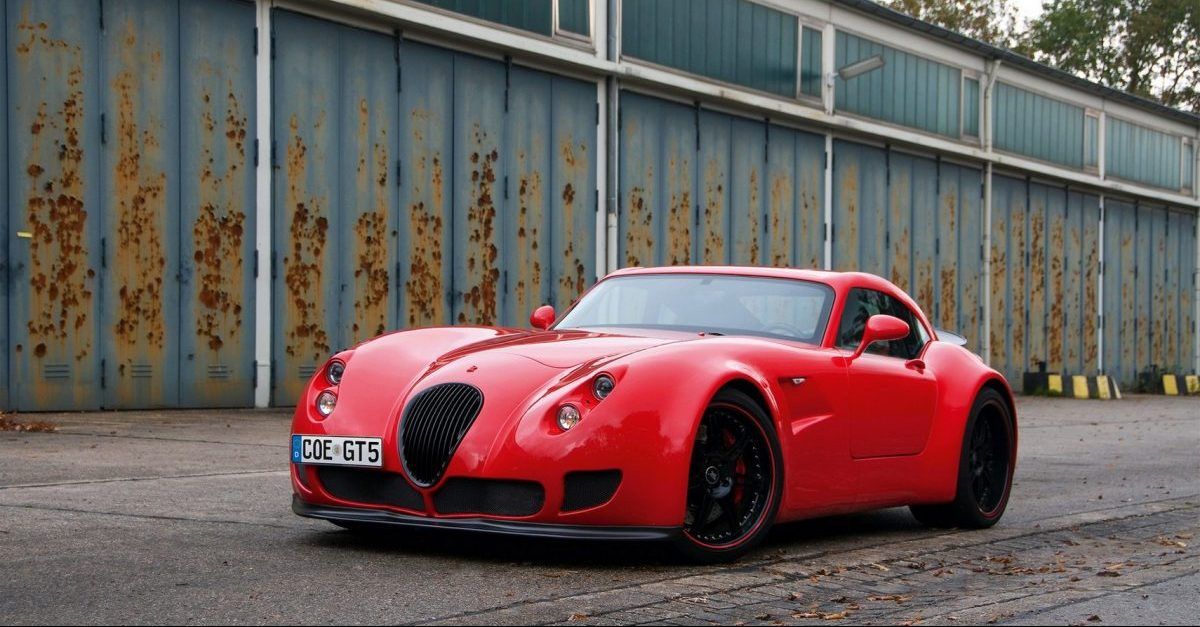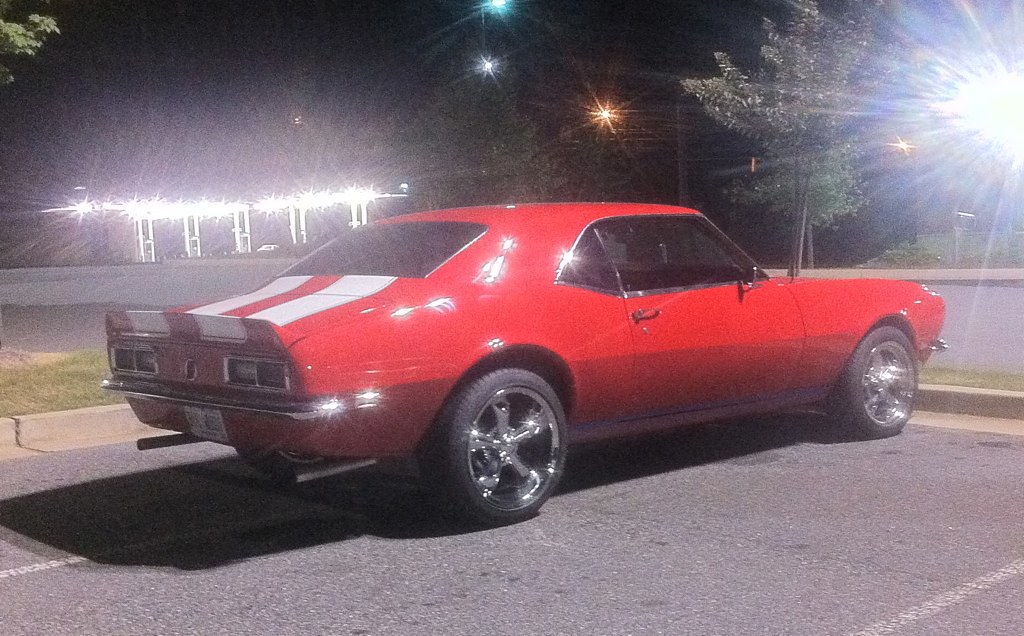
Restoring a classic car is far more than just a hobby; it’s a passionate journey into automotive history, a meticulous labor of love that connects us with a bygone era of engineering and design. The gleam of polished chrome, the roar of a perfectly tuned engine, the iconic lines of a vintage body – these elements are what make classic cars so captivating. However, in this exciting pursuit, a critical challenge often arises: distinguishing genuine original parts from the myriad of reproductions that flood the market. It’s a make-or-break aspect that determines not just the car’s authenticity, but its value, performance, and historical integrity.
Navigating the world of classic car parts can feel like a treasure hunt, fraught with both exhilarating discoveries and potential pitfalls. Some reproduction parts are incredibly well-made, offering viable alternatives for functionality or hard-to-find components. Yet, many are cheap imitations that can significantly diminish a restoration’s quality and the car’s overall value. For both seasoned restorers and aspiring enthusiasts, mastering the art of identifying authentic components is paramount. It ensures that every bolt, every panel, and every emblem contributes to preserving the true legacy of these magnificent machines.
This comprehensive guide is designed to empower you with the knowledge and actionable tips needed to confidently identify genuine classic car parts. We’ll explore 15 simple yet effective ways to spot the difference, ensuring your restoration project remains true to its heritage and worthy of admiration. From the smallest marking to the broader historical context, let’s embark on this enlightening journey to safeguard the authenticity of your cherished classic.

1. **Verify the Vehicle Identification Number (VIN) and Documentation**The Vehicle Identification Number, or VIN, is the unmistakable fingerprint of any classic car, a unique code that provides a wealth of information about its birth. It’s the starting point for any serious authenticity check, offering crucial details about the manufacturer, model, year of production, and even the assembly plant. Locating this number is usually straightforward; you’ll typically find it on the dashboard, under the windshield, or emblazoned on the driver’s side door frame, and sometimes on the engine block.
Once you’ve found the VIN, the detective work truly begins. It’s essential to cross-reference this number with various reliable databases. These can include those maintained by specialized car clubs, the original manufacturers themselves, or government agencies that record vehicle histories. This rigorous cross-referencing process is vital because it helps confirm the car’s exact specifications and, more importantly, its rightful history. Any discrepancy, even a minor one, could be a significant red flag, hinting at potential tampering, alterations, or even a complete misrepresentation of the vehicle’s identity, which could undermine its entire authenticity.
Beyond the VIN, a thorough collection of accompanying documentation is equally critical for complete verification. This means gathering every piece of paperwork you can find: the original title, any available service history records, and even warranty documents from its early life. These records are invaluable as they not only shed light on the car’s complete ownership history but also validate its mileage and detail all maintenance practices it has undergone. Such documentation can also reveal if the car has experienced any significant modifications over the years, which could profoundly affect its classic status and, consequently, its market value.
It’s also crucial to exercise extreme caution regarding potentially forged documents. Authentic classic cars often boast a rich and detailed history, which typically includes original receipts for parts and repairs, photographs chronicling various restorations, or even intricate past ownership details. The absence of such comprehensive documentation, or the presence of any inconsistencies within the paperwork you do possess, should immediately raise suspicions when you are diligently assessing a classic car’s legitimacy. Ultimately, a meticulous review of both the VIN and all related documentation is absolutely essential in your quest to verify the authenticity of classic cars, preventing potential pitfalls and ensuring your investment is both sound and truly rewarding.
Read more about: Maximize Your Deal: 10 Actionable Steps to Sell Your Car to a Dealer for Hundreds More
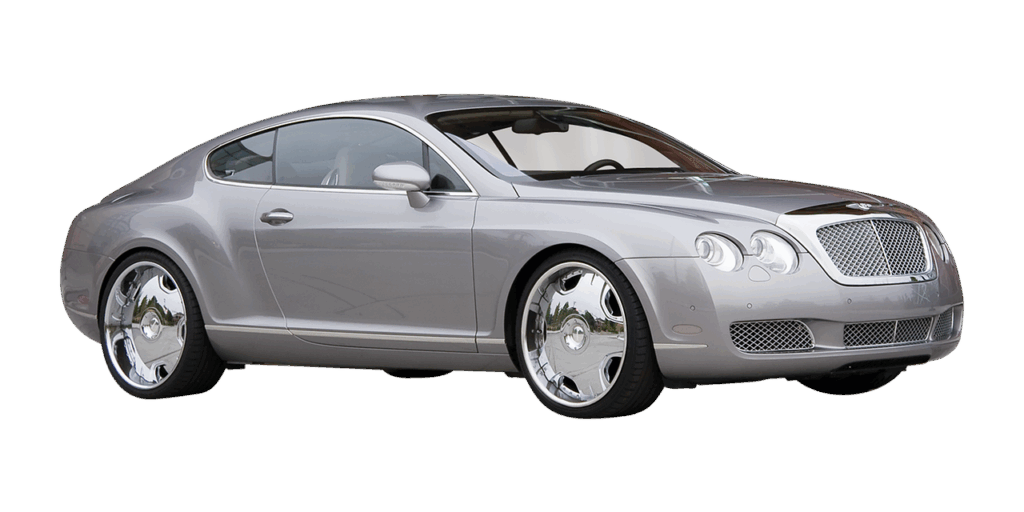
2. **Check Manufacturer Markings and Part Numbers**One of the most direct and reliable indicators of a part’s authenticity lies within its manufacturer markings and specific part numbers. Original Equipment Manufacturer (OEM) parts were almost always stamped, cast, or engraved with identifiers by the original manufacturer, such as “GM,” “FoMoCo,” or “Mopar.” These markings are not merely decorative; they are integral to a part’s identity, often including specific date codes that should align perfectly with the car’s production period. Furthermore, you might find supplier logos, like those from “Delco,” “Holley,” or “Lucas,” indicating the original component supplier.
When examining a part, pay meticulous attention to the precision and location of these markings. Authentic stamps and castings usually have a particular depth, font, and placement that are consistent with factory standards of the era. On the other hand, reproduction parts frequently reveal tell-tale signs that betray their non-original status. Red flags include a complete absence of any markings, generic branding that offers no traceability, or part numbers that simply do not match factory records and catalogs for your specific vehicle and year. These inconsistencies are often the clearest giveaways that you’re not looking at a genuine article.
Moreover, the part number itself is a powerful verification tool. Every original manufacturer part was assigned a specific serial or part number. To properly use this, you should consult your vehicle’s factory service manual or OEM parts catalogs. Look for the number stamped, engraved, or embossed directly on the part. Then, cross-reference this with official databases or reliable classic car forums. For instance, an authentic Porsche 911 Fuchs wheel will have a specific part number, such as 911.361.020.10, meticulously stamped inside its rim, serving as undeniable proof of its originality.
Distinguishing between OEM and aftermarket markings is also crucial. While OEM parts proudly display manufacturer logos and original casting marks, aftermarket or reproduction parts often lack these distinct identifiers. They might have a rougher finish, or be missing crucial serial numbers altogether. A real Ford Mustang Boss 429 engine head, for example, will feature unique casting marks and clear Ford logos, details that are typically absent or poorly replicated in reproductions. A keen eye for these details can make all the difference in ensuring the parts you acquire are truly factory-correct.
Read more about: Mastering the Hunt: 12 Essential Tips for Safely Buying Classic Car Parts Online
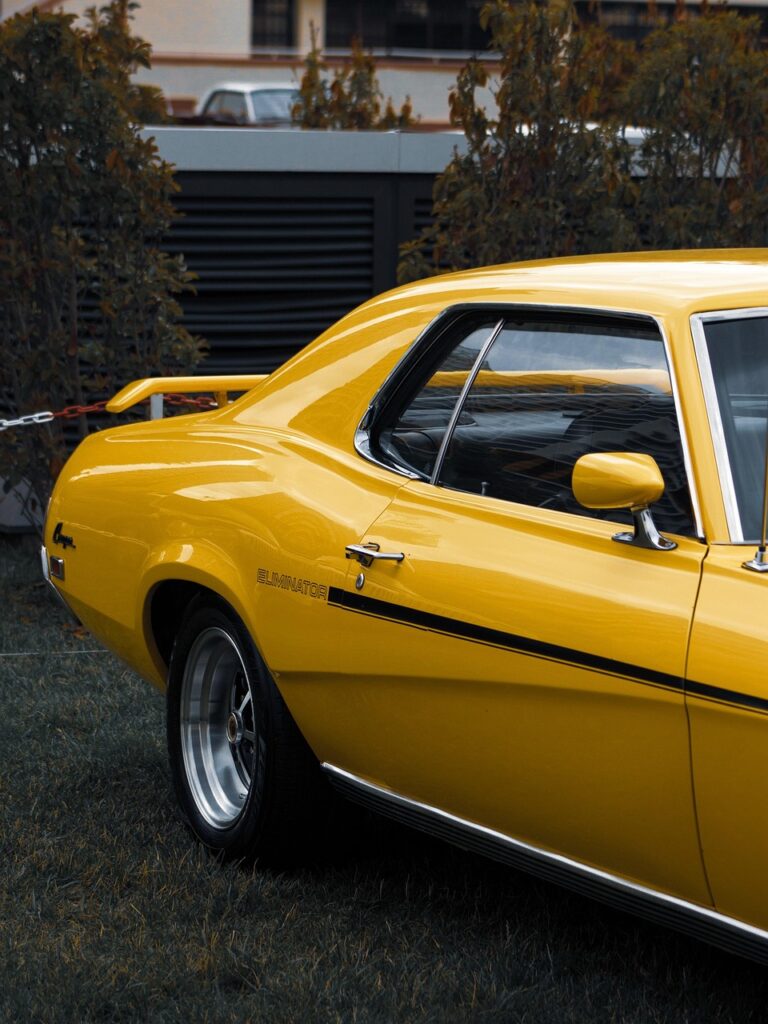
3. **Examine Material Quality and Finish**The inherent quality of the materials and the meticulousness of the finish are profound indicators of whether a part is original or a reproduction. Original parts, crafted during the era of the classic car, often possess a specific weight, texture, or even a distinctive casting grain that reproductions frequently fail to replicate. Genuine components often feel heavier and more substantial due to their solid construction, a stark contrast to lighter-weight reproductions that might be manufactured from cheaper, less dense alloys or plastics.
Consider the metal quality: an original component might exhibit a particular type of wear, a subtle oxidation, or a specific grain pattern in its casting that only comes with age and original manufacturing processes. Reproduction metal parts, by contrast, might feel noticeably lighter in your hand or present a rougher, less refined finish that doesn’t quite match the factory standard. This subtle difference in tactile sensation and visual texture can be a powerful clue for experienced enthusiasts.
When it comes to plastics and rubber, the age factor plays a significant role. Older, authentic materials will naturally display a slight discoloration, a unique patina, or even a specific rigidity that only decades of existence can impart. Newly manufactured reproduction parts, however, often look unnaturally fresh, lacking the subtle signs of age that are characteristic of genuine vintage components. The texture, pliability, and even the scent of older rubber can also offer telling clues.
Chrome and paint finishes also demand close scrutiny. Original chrome work on classic cars boasts a distinct depth and luster, achieved through specific plating processes of the time. Reproduction parts, unfortunately, often feature a cheaper, thinner plating that lacks this characteristic depth and can appear somewhat superficial or easily scratched. Similarly, factory paint applications had particular characteristics – certain thicknesses, primer layers, and even specific color fading patterns over time – that are difficult for modern reproductions to perfectly mimic. Evaluating these visual and tactile details requires a discerning eye, but they are incredibly reliable for identifying authenticity.
Read more about: Beyond the Basics: 12 Simple Steps to Achieve a Professional Car Engine Bay Detail
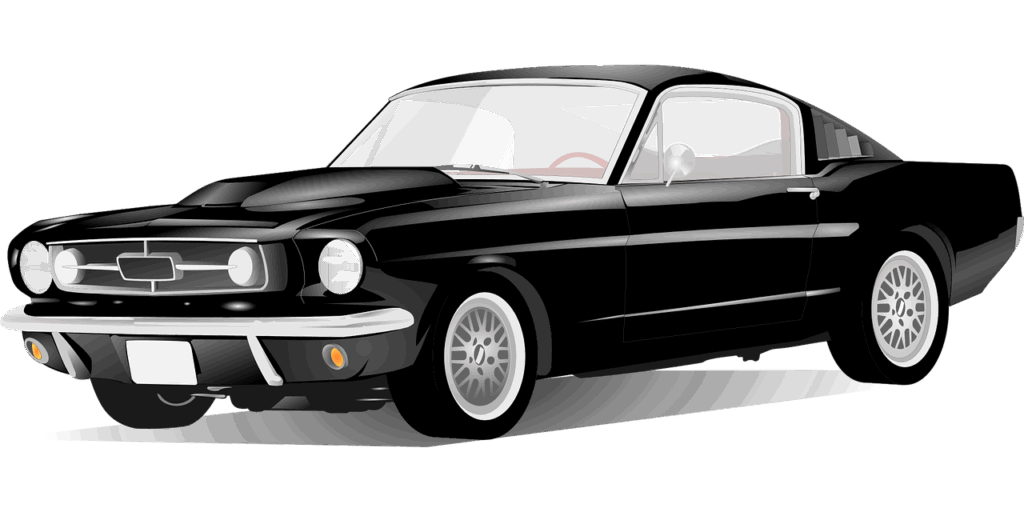
4. **Compare Fit and Function**Beyond visual inspection, how a part physically fits and functions within the larger assembly of the car offers crucial insights into its authenticity. Original parts were designed and manufactured to precise factory specifications, meaning they should fit seamlessly without requiring any modification. This ‘plug-and-play’ aspect is a hallmark of genuine components, reflecting the careful engineering of the era. Poorly made reproductions, however, often deviate from these original tolerances, leading to frustrating installation challenges and visible imperfections.
One of the most practical tips for any restorer or buyer is to ‘test fit before buying,’ if at all possible. This hands-on approach allows you to directly experience whether the component aligns correctly with the existing structure. Some reproduction parts are notorious for requiring significant modification—bending, grinding, or drilling—just to get them into place. Such a need for alteration is a strong indicator that the part is not an original, as genuine components are meant to integrate perfectly with their intended surroundings.
Furthermore, pay close attention to tolerances and alignment issues. When a part doesn’t fit right, it can create a cascade of problems. For instance, poorly manufactured reproduction body panels might lead to uneven hood gaps, misaligned door fitment, or panels that don’t sit flush with the rest of the car’s bodywork. These inconsistencies are not merely aesthetic; they can impact the vehicle’s structural integrity, aerodynamics, and even introduce unwanted noises or vibrations during operation.
Functional discrepancies are another telling sign. For instance, a reproduction carburetor might not calibrate correctly, or a fuel pump might not deliver fuel at the precise pressure required for optimal engine performance. While some modern reproductions aim to improve on original designs for safety or durability, any part that significantly alters the car’s original function or requires extensive adaptation to work as intended should be viewed with suspicion regarding its claim of being an authentic OEM replacement. The hallmark of an original part is its effortless integration and flawless operation, exactly as the factory intended.
Read more about: Beyond the Basics: 12 Simple Steps to Achieve a Professional Car Engine Bay Detail
5. **Research the Seller’s Reputation**When delving into the classic car parts market, the source from which you acquire components is often as important as the parts themselves. The reputation of the seller can significantly influence the likelihood of obtaining authentic items versus reproductions or even outright fakes. It’s a fundamental step in due diligence that can save you considerable time, money, and frustration in your restoration efforts.
Prioritizing purchases from trusted dealers is paramount. Reputable classic car parts suppliers often specialize in particular makes or models, building their business on a foundation of expert knowledge and a commitment to authenticity. These established suppliers typically have robust verification processes for their inventory, and they stand behind the authenticity and quality of the parts they sell. They also tend to provide detailed descriptions, historical context, and often offer guarantees or return policies that protect you as the buyer.
Conversely, online marketplaces and auction sites, while offering a vast selection, come with inherent risks. Platforms like eBay or general marketplaces are notorious for sellers who may mislabel reproduction parts as “NOS” (New Old Stock) or genuinely “original.” The anonymity and sheer volume of listings on these sites make it harder to verify claims. Therefore, extreme caution is advised. Always scrutinize seller reviews, ratings, and feedback to gauge their reliability and past transaction history.
When buying from online platforms, never hesitate to ask for detailed, high-resolution photos from multiple angles, especially of any markings or potential wear. Request specific information about the part’s provenance and any documentation the seller might have. A reputable seller will be transparent and willing to provide such details. If a seller is evasive or unable to answer questions satisfactorily, it’s a significant red flag, and it’s often best to walk away rather than risk acquiring a non-authentic part.
Read more about: Your Ultimate Guide to Savvy Negotiations: Simple Strategies for Securing the Best Price on a Rare Classic Car

6. **Look for Telltale Signs of Age and Patina**Authentic classic car parts, having endured decades of existence, naturally carry the undeniable marks of time. These ‘telltale signs of age’ are not defects but rather crucial indicators of originality, often referred to as patina. Patina is that beautiful, nuanced wear, oxidation, or even subtle grease stains that accumulate over many years, creating a unique character that reproductions simply cannot genuinely replicate. It’s the visual narrative of a part’s journey through history, an aesthetic that discerning collectors highly value.
When inspecting a part, look for wear that is consistent with its age and intended function. For instance, a steering wheel might show subtle smoothing where hands have gripped it over decades, or chrome trim might have a soft haziness rather than a blinding, factory-fresh gleam. Engine components might exhibit specific types of oxidation or minor heat discoloration that point to years of operation. These aren’t signs of neglect necessarily, but rather the natural progression of materials interacting with their environment over a long period.
Even the packaging can tell a story. True New Old Stock (NOS) parts, which are original parts that were never installed, may still reside in their vintage boxes or bear original labels. These boxes often show signs of age themselves—faded colors, slight tears, or dusty corners—but crucially, the packaging design and markings should align perfectly with the original manufacturer and era. The presence of such original packaging is a powerful piece of evidence supporting a part’s authenticity, offering a glimpse into its untouched past.
Be wary of parts that appear ‘too perfect’ for their supposed age. While a meticulously restored part can look pristine, an original component that claims decades of existence but shows absolutely no signs of wear, no oxidation, and no historical patina can be a cause for suspicion. Such an appearance might suggest it’s either a reproduction masquerading as an original, or a heavily reconditioned part whose original character has been completely erased. Learning to appreciate and recognize authentic patina is a refined skill that significantly aids in differentiating true vintage components from their modern counterparts.
Read more about: 14 Interior Design Trends That Are Already Outdated in American Homes: What to Ditch Now for a Timeless Look
7. **Recognize Distinctive Features of Original Models**Every classic car model possesses a unique set of ‘distinctive features’ that are a direct reflection of its manufacturing era, the craftsmanship prevalent at the time, and the specific processes used by its creator. Recognizing these unique characteristics is paramount in evaluating authenticity, as they serve as subtle yet powerful differentiators between a genuine article and a cleverly disguised replica. These features go beyond generic part numbers and delve into the nuances of design and execution.
One critical aspect to examine is the consistency and quality of the finish and detailing. Original models often showcase a particular standard of craftsmanship in their paint application, the precise fit of their body panels, and the minute details of their interior and exterior. Assess the quality of these elements; do they match known factory standards for that make and model? Inconsistent details, such as slightly off-color paint, uneven panel gaps, or misaligned trim, could indicate that a car has been heavily restored with non-original parts, raising serious doubts about its overall authenticity.
Furthermore, specific brand-related features like badging, trim pieces, and even unique dashboard emblems are key identifiers. Classic car manufacturers took great pride in these signature elements. Reproductions, especially those of lower quality, often get these details wrong—incorrect fonts on emblems, slightly different contours on trim, or even inaccurate colors. The Ferrari 250 GTO’s original dashboard dials, for instance, are nearly impossible to find today, and any deviation from their original design in a purported authentic model would be a major red flag.
Another significant but often overlooked distinctive feature is the overall ‘provenance’ or lineage of the car. Researching the ownership history can reveal whether the vehicle has undergone modifications that detract from its original state or if it has been improperly restored. Original models frequently boast a clear and well-documented lineage that robustly supports their authenticity. In contrast, vehicles with a vague or discontinuous history, or those lacking reputable background information, might be attempting to pass off as something they are not. These unique details, when viewed collectively, paint a comprehensive picture of a classic car’s true originality.
Moving beyond the initial physical checks, this section delves into more nuanced methods for verifying authenticity, focusing on broader market knowledge, expert consultation, and understanding the history and context of specific parts. These ‘deeper dive’ techniques are indispensable for securing truly authentic components and making informed restoration decisions. Let’s explore these advanced strategies for classic car authentication.
Read more about: Ignored No More: Unearthing the 16 Most Underrated Foreign Classic Cars of the 1990s
8. **Assessing Restoration Quality and Components**Evaluating the authenticity of a classic car involves more than just individual parts; it requires a thorough assessment of its entire restoration work and components. Understanding the quality and methods behind any prior restoration is crucial for gauging the vehicle’s true historical significance and value. A well-documented, period-correct restoration adds immense value, while a shoddy or ill-conceived one can detract significantly.
One of the most reliable indicators of a genuine restoration is a meticulous paper trail. Always check for restoration invoices, detailed photographs capturing various stages of the work, and previous ownership records. Authentic restorations typically come with robust documentation that transparently details the work performed and the materials used, providing a clear history of the vehicle’s evolution.
Beyond paperwork, carefully assess the quality of the craftsmanship in any repair work. Poorly executed restorations can compromise the vehicle’s structural integrity and aesthetic appeal. Shoddy finishes, visible imperfections, or components that look out of place can be significant red flags, potentially indicating a fake restoration attempt or one performed with little regard for originality.
Furthermore, evaluate the natural wear and patina of parts and the overall vehicle. An authentically restored classic car should still exhibit subtle signs of age, even if refreshed, rather than appearing unnaturally pristine. A vehicle that shows absolutely no signs of wear, or looks ‘too perfect’ for its supposed age, might raise suspicions of being overly restored or even a misrepresented replica. This balance of restoration and retained character is a hallmark of authenticity.
Be particularly cautious of custom modifications that might significantly detract from a classic’s authenticity. While personalization is a common aspect of car ownership, major alterations can diminish both the historical value and overall authenticity of a vehicle. Significant departures from original specifications should be carefully scrutinized, as they can indicate a disregard for preserving the car’s heritage.
Read more about: Decoding the Decay: How Rust Destroys Classic Car Value and What Every Enthusiast Must Know
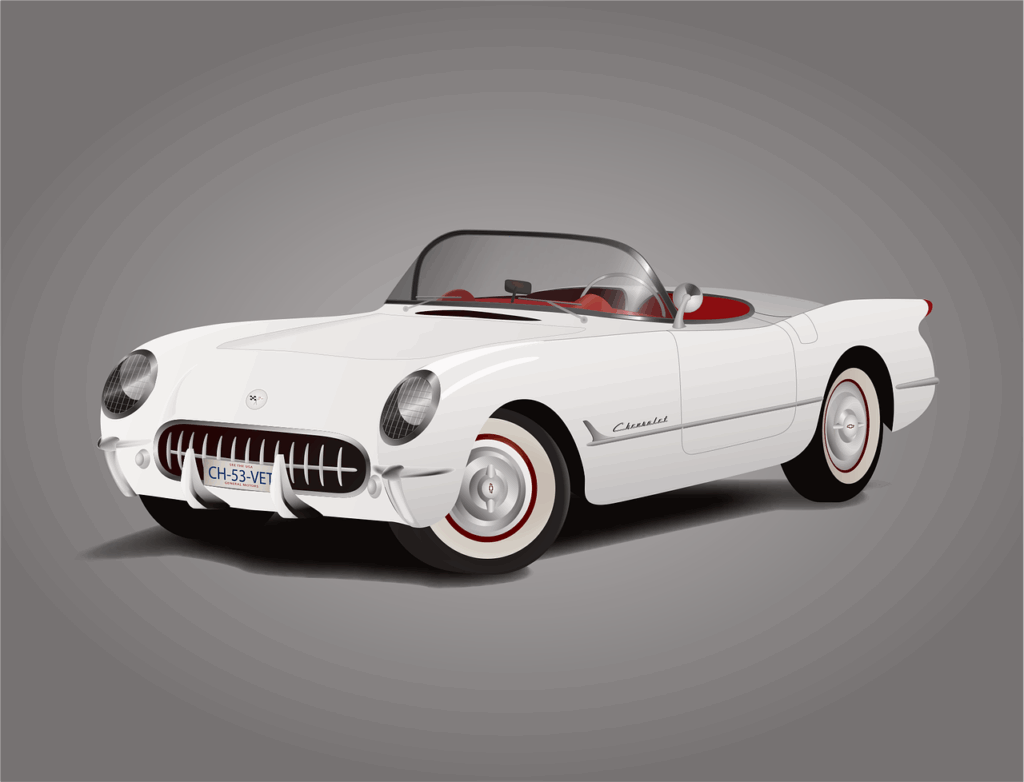
9. **Leveraging Classic Car Communities**In the intricate world of classic car restoration, collective knowledge and shared experience are incredibly powerful. Classic car communities, enthusiast groups, and online forums represent an invaluable resource for verifying authenticity and navigating the challenges of sourcing genuine parts. These networks connect you with seasoned experts and passionate individuals who often possess a treasure trove of information specific to your make and model.
A highly effective strategy is to join model-specific car clubs, such as the Camaro Owners Club or the Jaguar Enthusiasts Club. Members often have deep, specialized knowledge of factory specifications, common reproduction flaws, and trusted suppliers. Their collective wisdom can illuminate subtle differences that even experienced individual restorers might overlook, providing peer-reviewed insights into component originality.
Online forums are another cornerstone of these communities. When you encounter a questionable part, posting detailed, high-resolution photos from multiple angles can solicit expert opinions from a wide audience. Members often share their personal experiences and can help cross-reference part numbers, casting marks, and even historical context. Consulting vintage car restoration specialists, often found through these networks, can provide professional evaluations and invaluable guidance.
Many Ferrari 275 GTB restorers, for instance, heavily rely on historical registries and dedicated enthusiast communities to verify part authenticity. These collective efforts ensure that restoration projects remain true to their heritage, drawing upon a vast pool of shared knowledge to overcome challenges. Engaging with these groups transforms your solo project into a collaborative endeavor, significantly enhancing your chances of success.
Read more about: Mastering the Hunt: 12 Essential Tips for Safely Buying Classic Car Parts Online

10. **Understanding Production History and Rarity**To truly identify authentic parts, especially rare ones, a deeper understanding of their production history and inherent rarity is essential. Not all car parts are created equal; some are easily replaced with aftermarket versions, while others command thousands due to their scarcity. Mastering this aspect helps determine a part’s true value and authenticity, distinguishing it from mass-produced imitations.
One of the primary factors defining a rare car part is its limited production run. Parts from vehicles that had low production numbers are inherently difficult to find because manufacturers produced fewer components to begin with. For example, the 1969 Dodge Charger Daytona’s nose cone and rear wing assembly were only made for a limited number of vehicles, making them exceptionally valuable and challenging to authenticate without historical knowledge.
Another significant contributor to rarity is discontinued OEM production. If an automaker has ceased producing a specific part, the existing stock becomes scarce over time. Unless a manufacturer revives production or a new old stock (NOS) supply is unearthed, these parts remain unavailable. Original Jaguar E-Type wire wheels, for instance, are notoriously challenging to source because Jaguar stopped producing them decades ago.
Specialty or high-performance parts also fall into the rare category. Factory-installed racing or performance components that weren’t widely used on production cars are highly sought after by collectors. The Shelby GT500 KR aluminum intake manifold is a prime example, rare precisely because only a limited number of these high-performance vehicles were ever made, driving up the value and demand for their unique parts.
Unique trim pieces and badging are often harder to replicate accurately, further increasing their rarity and importance for authenticity. Items like specific dashboard emblems, unique hood ornaments, or distinct door panels can drastically affect a car’s originality. The Ferrari 250 GTO’s original dashboard dials, for instance, are now virtually impossible to find, making any purported ‘original’ a major red flag if not perfectly matching historical records. Researching these production details through classic car forums, auction records, and factory documents is paramount.
Read more about: Your Ultimate Guide to Savvy Negotiations: Simple Strategies for Securing the Best Price on a Rare Classic Car
11. **Recognizing Commonly Faked Parts**In the classic car market, certain parts are frequently targeted by reproducers and passed off as originals due to their demand and visibility. Being aware of these ‘commonly faked parts’ allows you to exercise extra vigilance during your inspection process. This knowledge is a critical shield against investing in inferior reproductions that can compromise your restoration’s integrity and value.
Badges and emblems are among the most frequently faked items. Original badging often features precise fonts, specific colors, and intricate detailing that reproductions struggle to perfectly mimic. Incorrect fonts, slightly off-color enamel, or subtle differences in the contours of an emblem can be immediate giveaways that you’re looking at a fake rather than a genuine factory piece.
Trim and molding pieces, especially those made of stainless steel or chrome, are also commonly reproduced. Lower-quality reproductions may exhibit poor-quality stainless steel or thinner chrome plating that lacks the depth and luster of the original. These parts might have slightly different profiles or mounting points that don’t quite match factory specifications, leading to alignment issues or an overall less refined appearance.
Mechanical components like carburetors and fuel pumps are another area where caution is advised. While many reputable companies offer rebuilt units, some sellers may attempt to pass off extensively restored or aftermarket units as original factory parts. It’s vital to check manufacturer markings, part numbers, and any date codes to confirm if these critical components are truly OEM or simply refurbished, potentially with non-original internals.
Interior pieces, including vinyl upholstery, knobs, and gauges, also see a high volume of reproductions. These parts can be challenging to replicate accurately due to the specific textures, materials, and colors used in period manufacturing. Reproduction dashboards might have incorrect grain patterns on the vinyl, or instrument cluster gauges could feature slightly different fonts or needle designs compared to the original, betraying their non-authentic status.
12. **Utilizing Reference Guides**As you embark on the meticulous journey of classic car restoration, having reliable reference materials at your fingertips is absolutely indispensable. Utilizing authoritative reference guides, both in print and online, provides a bedrock of factual information that can confirm or refute a part’s authenticity. These guides are your secret weapon in distinguishing genuine components from convincing reproductions.
Factory service manuals and original OEM parts catalogs are the gold standard among reference materials. These documents contain the precise part numbers, specifications, and sometimes even diagrams of every component that came with your vehicle from the factory. They are invaluable for cross-referencing numbers stamped or cast onto parts, ensuring they align perfectly with your car’s make, model, and production year.
Beyond official documentation, specialized books and online forums dedicated to specific classic car models offer extensive compilations of correct part numbers and visual guides. Many enthusiasts have meticulously documented the nuances of original components, highlighting common variations or known reproduction characteristics. These community-driven resources provide practical, real-world examples and advice that complement official factory data.
The key is to familiarize yourself thoroughly with the original specifications and part numbers for your vehicle. By understanding what a genuine component *should* look like, how it *should* be marked, and its precise dimensions, you gain a powerful lens through which to evaluate any prospective purchase. This proactive research ensures you have a clear blueprint of authenticity, making it easier to spot discrepancies and avoid costly mistakes.
Read more about: Mastering Classic Car Valuation: A MotorTrend Guide to Unlocking Your Collection’s True Worth
13. **Evaluating Provenance**The provenance of a classic car, or its detailed history of ownership and lineage, is a cornerstone of its authenticity and value. It’s the story the car tells about its past, a narrative that can either robustly support its genuine nature or raise significant red flags. Delving into a car’s provenance is a ‘deeper dive’ that goes beyond individual parts to assess the vehicle’s entire historical journey.
Researching a car’s ownership history can reveal critical information, such as whether the vehicle has undergone modifications that detract from its original state or if it has been improperly restored at any point. A continuous, well-documented lineage, tracing ownership from new, provides a strong layer of verification. This unbroken chain of custody instills confidence that the vehicle has been cared for and understood throughout its life.
Original models frequently boast a clear and well-documented lineage, often including original sales invoices, factory build sheets, and comprehensive service records. These historical documents serve as a robust testament to their authenticity, detailing factory specifications, options, and maintenance history. Such a paper trail allows you to verify that the vehicle’s current state aligns with its documented past.
Conversely, vehicles with a vague or discontinuous history, or those lacking reputable background information, should be approached with extreme caution. A seller’s inability or unwillingness to provide substantial provenance is a significant red flag, potentially indicating an attempt to pass off a vehicle as something it is not. A strong provenance provides assurance, proving that your investment is in a vehicle with a verified and respected heritage.
Read more about: The 12 Most Electrifying 1980s Cars Coveted by Collectors, and the Musicians Who Share the Passion

14. **Distinguishing OEM from Aftermarket**While we touched upon manufacturer markings in our initial inspection, a deeper understanding of the fundamental differences between Original Equipment Manufacturer (OEM) and aftermarket parts is crucial for discerning authenticity. OEM parts are those produced by the original car manufacturer or their direct suppliers, designed and built to the exact specifications and quality standards of the vehicle’s production era. Aftermarket parts, on the other hand, are produced by third-party companies, often with varying degrees of quality and adherence to original design.
OEM parts almost invariably feature distinct markings, brand logos, and original casting marks that are consistent with factory production of the period. A genuine Ford Mustang Boss 429 engine head, for instance, will exhibit unique casting marks and clear Ford logos, precisely as they left the factory. These identifiers are specific, often including date codes that match the vehicle’s assembly, providing undeniable proof of their origin.
Aftermarket or reproduction parts, by contrast, frequently lack these distinct identifiers. They might carry generic branding, if any, or have part numbers that do not align with official factory records. Furthermore, the finish and overall quality can be telling. Aftermarket parts may exhibit a rougher finish, less precise tolerances, or even missing serial numbers that would be present on an OEM component. These subtle differences often reveal their non-original status.
Understanding this distinction is not just about authenticity; it’s about value. While well-made aftermarket parts can offer functional alternatives, they do not hold the same historical significance or market value as genuine OEM components. Collectors pay a premium for vehicles that retain as many factory-correct parts as possible, especially for concours-level judging where originality is paramount. Therefore, knowing how to spot OEM markings versus aftermarket alternatives is a critical skill for any serious classic car enthusiast.
Read more about: 12 Essential Questions to Ask Your Mechanic Before Approving Any Car Repair
15. **Knowing When Reproductions Are Acceptable**While the pursuit of originality is a driving force in classic car restoration, it’s equally important to understand that not every part needs to be original. Reproductions have a legitimate and often necessary place in the classic car world, serving practical purposes where OEM parts are either unobtainable, prohibitively expensive, or where modern alternatives offer distinct advantages. Making informed decisions about when to use reproductions is a hallmark of a pragmatic restorer.
One common scenario where reproductions are perfectly acceptable is for daily drivers. For vehicles intended for regular use rather than museum display, durability and reliability often matter more than strict authenticity. Modern reproduction brake components, for instance, might offer superior stopping power and safety compared to their decades-old original counterparts, making them a sensible upgrade for a car that will be driven regularly.
Reproductions also become invaluable when original parts are simply hard to find, especially for obscure trim pieces or highly specific components from limited-production vehicles. Spending years searching for a non-essential, rare original part that scarcely impacts value might be impractical. In such cases, a high-quality reproduction can complete a restoration without indefinitely delaying the project or compromising overall aesthetic.
Furthermore, reproductions can offer significant cost savings. The premium commanded by genuine NOS (New Old Stock) or used OEM parts can be substantial. For components that do not dramatically impact the car’s overall authenticity or value, or those hidden from view, opting for a quality reproduction can be a fiscally responsible choice. This allows resources to be directed towards more critical, visible, and value-defining original components.
Ultimately, knowing the difference between original and reproduction parts allows you to make informed decisions that balance authenticity with practicality, cost-effectiveness, and safety. While original parts are critical for maintaining a car’s originality and increasing resale value, reproductions can play a vital role in ensuring drivability, completing a project, and making classic car ownership accessible. The key is to be transparent about their use and understand their impact on the vehicle’s heritage and market standing.
***
Mastering the art of identifying authentic classic car parts, from the initial inspection to a deeper dive into context and expert verification, is a journey of patience, meticulous research, and developing a keen industry eye. Every component tells a story, and by understanding how to decipher those narratives, you safeguard not just a piece of automotive history, but also your investment and passion. The world of classic cars is a magnificent, ongoing treasure hunt, where the right parts unlock its true legacy. Whether your aim is to shine on the concours lawn or simply to enjoy the soulful rumble of a truly authentic machine, these insights will empower you to build a classic that is true to its heritage. Start your search today—because the right part can truly make all the difference in your restoration project!


